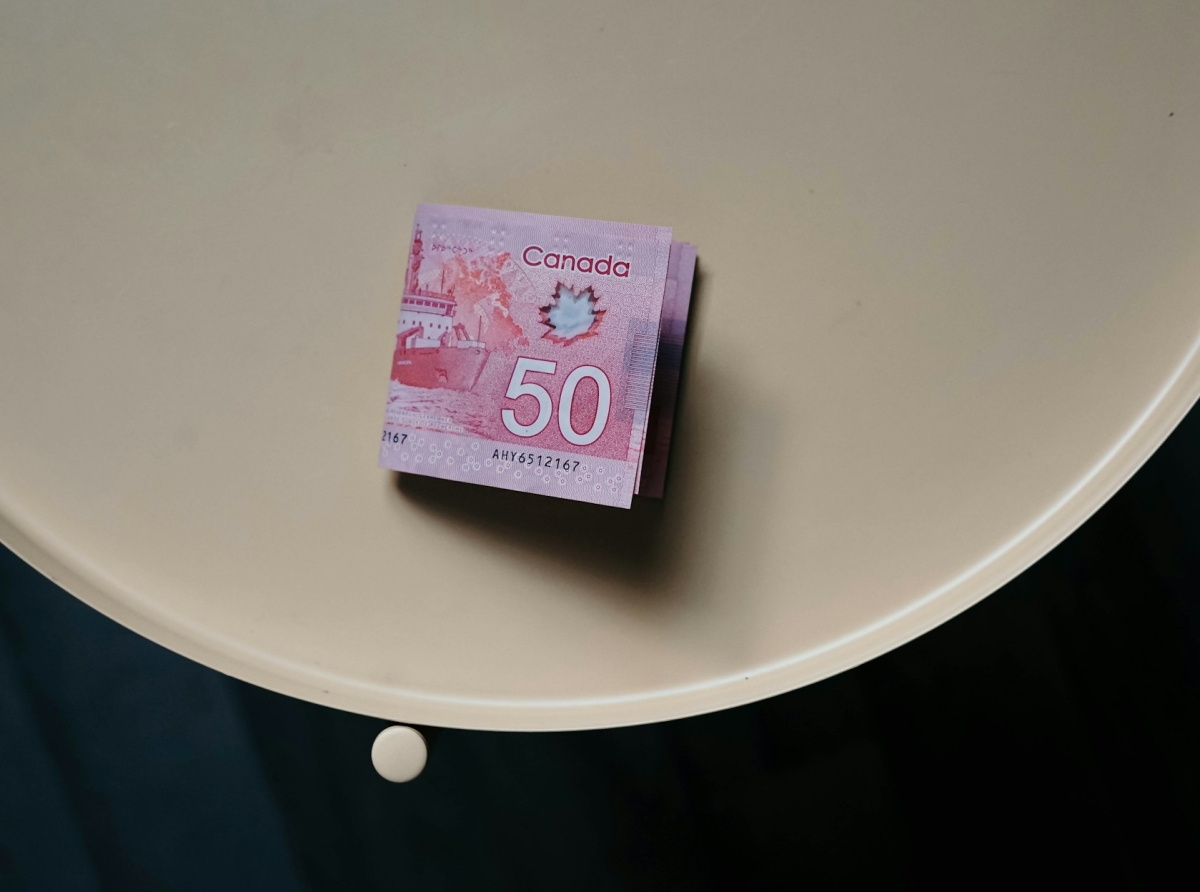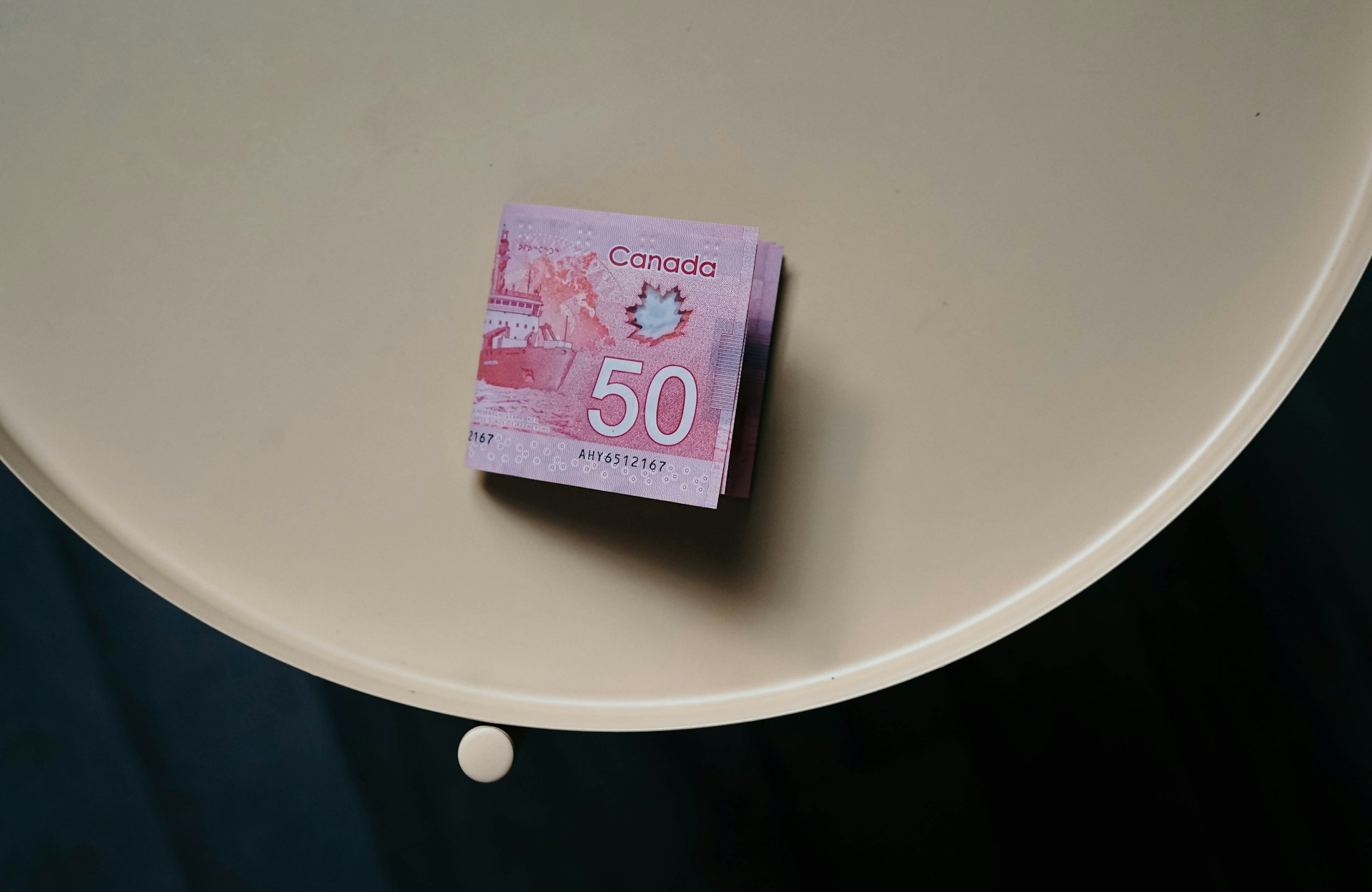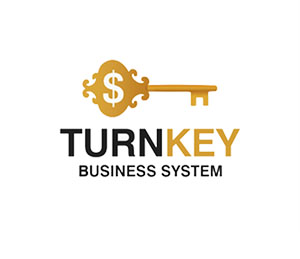Could the Canadian Dollar Hit a Record Low if the U.S. Imposes 25% Tariffs?

Could the Canadian Dollar Hit a Record Low if the U.S. Imposes 25% Tariffs?
The Canadian dollar (CAD) has been facing significant pressure amid global economic uncertainties. However, a potential 25% tariff imposed by the United States on Canadian goods could push the loonie to new record lows.
trade relations at stake, the Canadian economy could face severe consequences. How likely is this scenario, and what impact could it have on the CAD? Let’s explore.
trade relations at stake, the Canadian economy could face severe consequences. How likely is this scenario, and what impact could it have on the CAD? Let’s explore.

Could the Canadian Dollar Hit a Record Low if the U.S. Imposes 25% Tariffs?
The U.S.-Canada Trade Relationship: A Fragile Balance
The United States is Canada’s largest trading partner, with over 75% of Canadian exports going to the U.S. This deep economic integration makes Canada highly sensitive to any changes in American trade policy.Historically, the two countries have had trade disputes, but a 25% tariff on key Canadian exports—such as aluminum, steel, automobiles, and agricultural products—could create a severe economic shock.
The consequences could range from job losses in key industries to a sharp decline in investor confidence, directly impacting the Canadian dollar.
How Tariffs Affect the Canadian Dollar
Tariffs create economic uncertainty, affecting the currency in multiple ways:Reduced Export Revenue – A tariff would make Canadian goods more expensive in the U.S., leading to lower demand and declining export revenues.
Investor Flight – A worsening trade relationship with the U.S. could make Canada less attractive to foreign investors, causing capital outflows and weakening CAD.
Lower GDP Growth – A slowdown in key industries could lead to reduced economic growth, forcing the Bank of Canada (BoC) to take action, such as lowering interest rates—further weakening the loonie.
Historical Precedents: How CAD Has Reacted to Trade Tensions
Looking at history, we can see how the CAD has reacted in similar situations:
2018 U.S.-China Trade War – When the U.S. imposed tariffs on Chinese goods, global trade suffered, and risk-sensitive currencies like CAD weakened.
2019 U.S. Tariffs on Canadian Steel & Aluminum – The CAD saw volatility, but the impact was contained as the dispute was resolved relatively quickly.
2020 COVID-19 & Oil Crash – The Canadian dollar dropped to 1.46 CAD/USD, one of its lowest levels in decades, due to economic uncertainty and collapsing oil prices.
Given these precedents, a 25% tariff could have a similar or even stronger impact, potentially pushing CAD to new record lows.
How Low Could the CAD Go?
With current USD/CAD rates fluctuating around 1.35-1.37, a severe trade dispute could trigger a sharp depreciation. Analysts suggest that if tariffs are implemented, CAD could weaken to 1.45-1.50 per USD, levels not seen since the COVID-19 financial crisis.Key factors that could drive the loonie to record lows:
Investor Panic & Capital Flight – A tariff war could spook investors, causing large capital outflows.
Weaker Commodity Prices – Canada is a commodity-based economy, and if tariffs slow global trade, oil and natural resource prices could drop.
Rate Cuts by the Bank of Canada – To cushion the economic impact, the BoC might lower interest rates, further pressuring CAD.
What Can the Bank of Canada Do?
If CAD faces extreme downward pressure, the Bank of Canada has limited options:Intervention in FX Markets – The BoC could step in to stabilize CAD by using foreign exchange reserves, though this is rarely effective in the long run.
Monetary Policy Adjustments – The bank may raise interest rates to defend CAD, but this could hurt an already struggling economy.
Government Fiscal Measures – The Canadian government could introduce stimulus packages to offset economic damage, but debt concerns could arise.
What Should Traders and Businesses Expect?
For traders and businesses, a weaker CAD means volatility. Here’s what to expect:Importers Face Higher Costs – Businesses that rely on U.S. goods will see higher costs, potentially leading to price hikes for consumers.
Exporters May Benefit (Short Term) – A weaker CAD makes Canadian goods cheaper globally, but tariffs could cancel out this advantage.
Investors Seek Safe Havens – A falling CAD could drive investors toward gold, USD, and other safe-haven assets.
Final Thoughts: A Critical Moment for the Canadian Dollar
If the U.S. imposes a 25% tariff on Canadian goods, the Canadian dollar could be in serious trouble.While Canada has a strong economy, the potential shock to trade and investor confidence could push CAD to record lows.
Forex, USD, CAD, TradeWar, BankOfCanada, FinancialMarkets









Report
My comments